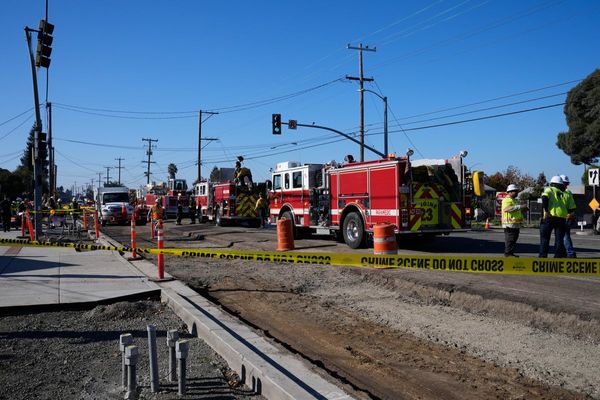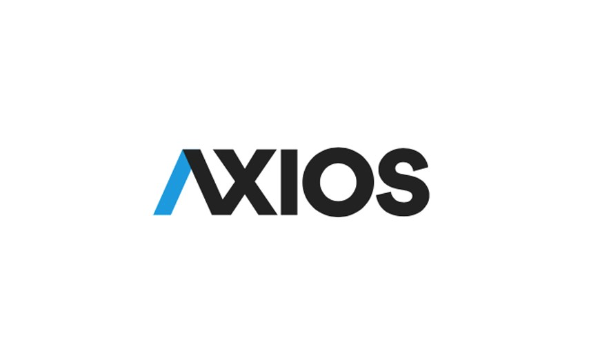
Food insecurity is a pressing issue across America, but in some states it’s alarmingly widespread. This article reveals the 10 U.S. states with the highest food stamp reliance, showing where communities lean on SNAP benefits most. This matters because it reflects deeper economic and policy issues—poverty, joblessness, outreach, and program access. Understanding which states lead in reliance helps inform voters, aid groups, and policymakers on where support is most urgent. Let’s dive into the data and explore the states where food stamp reliance is shaping daily life.
1. New Mexico (21.2%)
In FY 2024, New Mexico had the highest percentage of residents using SNAP, about 21.2% of the population. That figure makes it the nation’s top contender for food stamp reliance. A mix of high poverty and generous eligibility policies helps explain the rate; many qualified families actually enroll. For some, food stamps are a critical lifeline rather than a fallback. It underscores how policy and poverty interact to shape community health.
2. Oregon (~18%)
Oregon consistently appears near the top, with around 17.9%–18% of residents on SNAP. Despite moderate living costs, food insecurity remains a problem in both urban and rural areas. Local outreach efforts have improved enrollment, meaning true need becomes visible in the data. This level of food stamp reliance signals systemic vulnerability. It also highlights the success of the proactive program access.
3. Louisiana (18.5%)
Louisiana’s food stamp reliance is very high—about 18.5%, matching one of the nation’s highest poverty rates. Natural-disaster recovery, persistent unemployment, and structural challenges fuel this reality. For many families, SNAP is not optional; it’s essential. Though political leanings often oppose federal spending cuts, these communities directly rely on such support. The gap between wealth and need is particularly stark here.
4. Oklahoma (16.9%)
Oklahoma reports about 16.9% of residents on food stamps, reflecting both need and strong enrollment. A tough rural economy and lack of options make SNAP a core part of family budgets. The enrollment rate also shows that state outreach is effective. Its food stamp reliance underscores struggles in health and employment. But it also reveals responsive public services.
5. West Virginia (~15.7%)
West Virginia follows closely, with approximately 15.7% depending on SNAP. Long-term poverty and limited industry mean ongoing food insecurity. This level of food stamp reliance highlights chronic challenges in health and infrastructure. It also points to better awareness, helping more eligible families get support. Without SNAP, many households would struggle to feed themselves.
6. Alabama (14.7–15%)
Alabama’s rate hovers around 14.7–15%, driven by high poverty levels, around 16%. Rural and underserved areas in the state rely heavily on SNAP. This food stamp reliance shows how critical federal support is to daily survival. Despite occasional resistance to safety-net expansion, many communities depend on the program. It’s a reminder that policies affect real lives in real time.
7. Massachusetts (15.9–16%)
In a surprising turn, Massachusetts shows around 15.9–16% of residents on SNAP. Even with a strong economy and relatively low poverty, access and outreach keep enrollment high. That translates into a strong food stamp reliance, driven by accessibility rather than crisis. It’s an example of how solid infrastructure can help at-risk households before they fall into deeper need. Access doesn’t just provide immediate relief—it prevents worsening conditions.
8. Pennsylvania (15.4–15%)
About 15–15.4% of Pennsylvania’s residents depend on SNAP. Roughly 2 million people—15% of the state—rely on the program. The “Big Beautiful” budget threatens to cut this critical support. With those cuts, tens of thousands in PA could lose aid. This highlights how policy decisions have direct impacts on families and communities.
9. Illinois (15%)
With about 15% of residents receiving benefits, Illinois highlights strong program participation. That’s due to effective outreach and eligibility awareness. Even though poverty is moderate, SNAP usage is noticeably high, showing that policy access matters. In this case, food stamp reliance reflects proactive enrollment strategies. It also underscores the need tempered by the administration.
10. Nevada (~16%)
Nevada’s SNAP reliance is close to 15.8–16%, driven by higher-than-average poverty and unemployment. It’s another example of a state with moderate poverty, but strong reliance on assistance due to access. Tourism-driven economy leaves many out of work during downturns. This has made SNAP a crucial part of the safety net. It’s not just economic statistics—it’s everyday survival in action.
Understanding Why It Matters
What do these figures tell us? States with the highest food stamp reliance often combine economic hardship with accessible programs, making aid visible and impactful. High rates can signal community resilience in accessing help or flag systemic need. In 2025, with federal cuts looming, understanding reliance helps lobby for smarter budgeting and targeted support. These states offer case studies in policy, poverty, and outreach intersecting to shape real lives.
Do you live in one of these states, or know someone impacted? How has food stamp reliance affected your community? Share in the comments!
Read More
7 State Programs That Deny Assistance Over Technicalities
5 Public Benefits That Are Slowly Being Taken Away While No One Watches
The post These 10 States Have the Most Residents Relying on Food Stamps appeared first on Clever Dude Personal Finance & Money.







